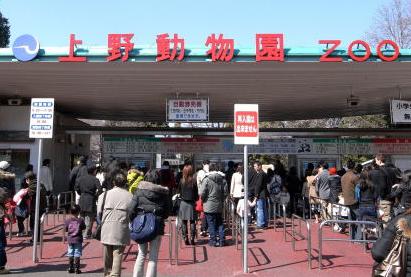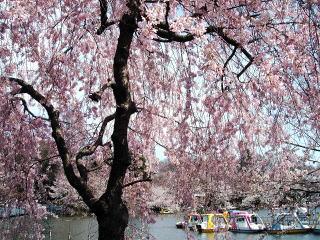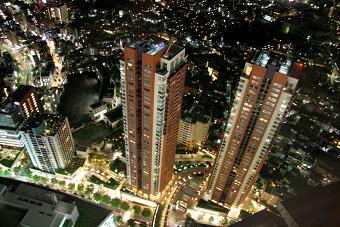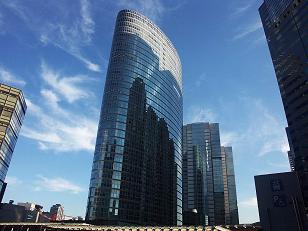- 03/14/2010
- 02/28/2021
Ueno Park – Zoo, and more!
Ueno Koen (筝?????????) is a spacious public park located in the Ueno section of Taito, Tokyo. It occupies the site of the former Kan’ei-ji (絲?羂後?), a temple closely associated with the Tokugawa shoguns, who had built the temple to guard Edo Castle against the north-east, then considered an unlucky direction. The temple was destroyed during the Boshin War (???莨井????, 1868-1869). Ueno Park was established via an imperial land grant to the city of Tokyo from Emperor Taish?? in 1924. The official name of the park is Ueno Onshi K??en, when translated means “Ueno Imperial Gift Park (筝??????????????)”. Ueno Koen in the?Taisho era. The park is built on the remains of the Kaneiji Temple burned down when the Meiji Government formed a new regime. Now it is a nice park and the remains of the temple can barely seen. Ueno Park is surrounded by a number of popular museums, which includes the?Tokyo Metropolitan Art Museum (??延根??順??茵?蕕?)?and the National Science Museum (??順??腱?絖??????え). Museum hopping is one of the most popular pastimes for locals. A very famous statue of Saig?? Takamori (茱翠?潔?????)?walking his dog stands in the park. Between the three museums (Tokyo National Museum, The National Science Museum and The National Museum […]




